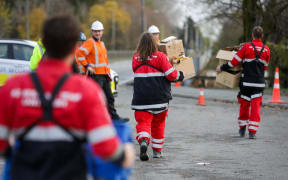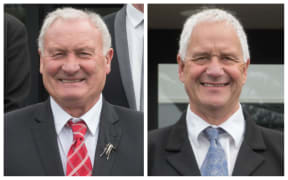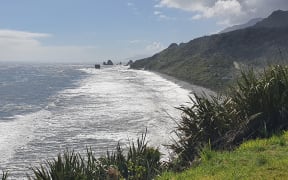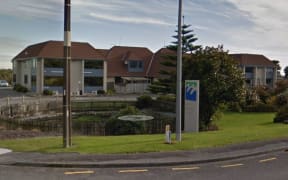The growing interest in cycling and bike trails is important for the West Coast - but trucks are the region's lifeline, according to West Coast Regional Council chairman Allan Birchfield.
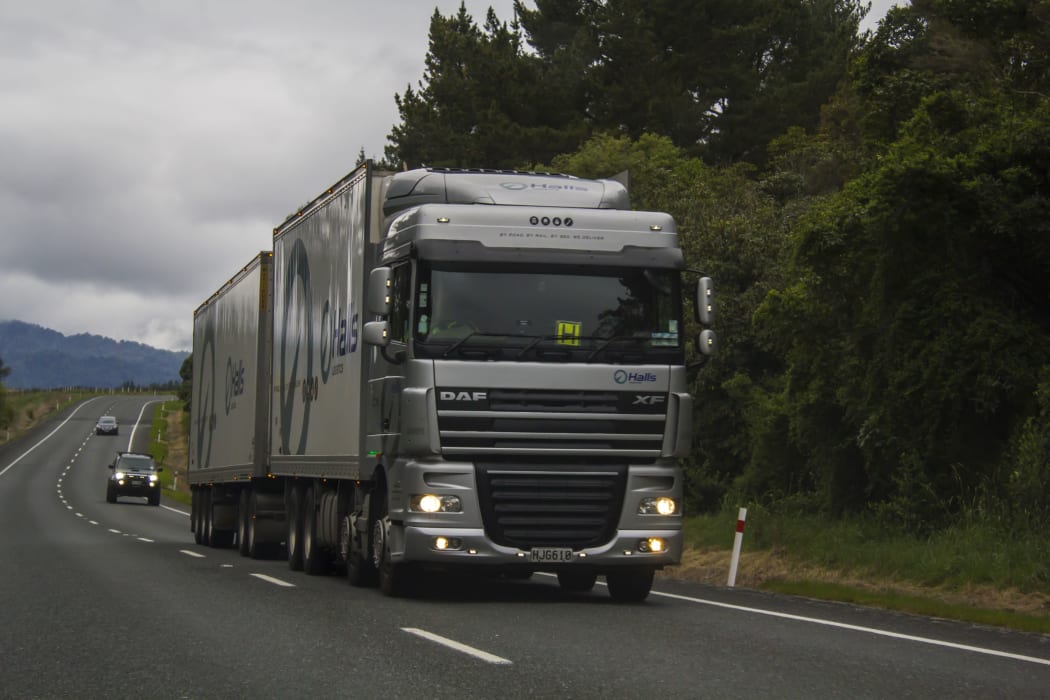
Trucks cart goods and essential supplies to the West Coast, mostly from 'over the hill', Allan Birchfield says. Photo: 123RF
Active West Coast and the NZ Walking Access Commission have lobbied the council for a greater emphasis on cycle facilities and footpaths, in submissions on the draft regional land transport plan.
The plan, drawn up with input from the NZ Transport Agency, sets spending priorities for roading and other transport projects in the region over the next 10 years.
The focus this time is on road safety and infrastructure - upgrading roads, replacing bridges, fixing 'pinch points' where trucks can't get around corners without crossing the centre-line, and planning a review of speed limits on state highways.
Birchfield, who also chairs the West Coast Land Transport Committee, said that bike advocates were correct to say that cycle touring and mountainbiking were bringing more visitors to the Coast.
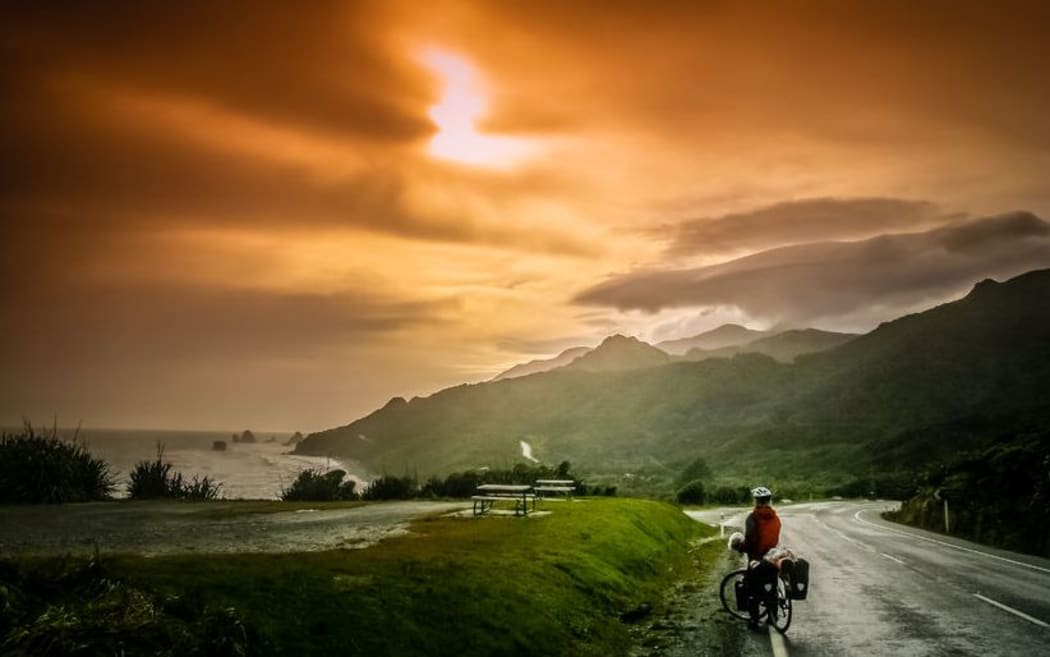
Cycle tourists and mountainbikers are attracted by what the West Coast has to offer, Allan Birchfield says. Photo: 123RF
However, industry and almost all others depended on the daily convoy of trucks carting goods and essential supplies to the West Coast, mostly from 'over the hill', he said.
With the road freight industry as a whole moving to bigger, heavier trucks (known as 50MAX or HPMV) the priority had to be making the region's roads and bridges safe for them and other road users.
"At this point I would be concerned if we had resources diverted away from road transport for cycling. We have to shore up our connections with the rest of New Zealand and make them fit for purpose," he said.
Active West Coast, in its submission, said the West Coast exported almost twice as much as it imported, with bulk goods such as coal, milk products and logs going out by rail, most commodities came in by road.
"Many HPMV vehicles are already returning with unused capacity, and indicators are that rail may be a better inter-regional freight option. This would alleviate the pressure to increase carrying capacity and to install passing lanes to address pinch points on the state highway network."
Birchfield said the problem with that was a lack of rail capacity.
"It sounds like a good idea but the line is committed with coal; there is not the capacity in the network to take on more."
Responding to Active West Coast, the land transport committee said help could come from NZTA, whose proposed 2021-24 walking and cycling programme for the West Coast supported safer cycling on NZ Cycle Network routes and local trail connections.
"Historically ... a one-metre shoulder or marked cycle lane might provide a fit-for-purpose level of service, but there may be other solutions to explore ... including considering what local network options may be available," the committee said.
The draft land transport plan is set for adoption by the regional council next week.

Local Democracy Reporting is a public interest news service supported by RNZ, the News Publishers' Association and NZ On Air.

